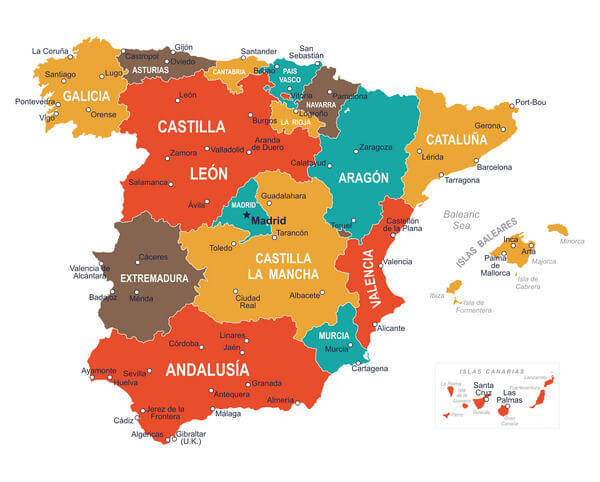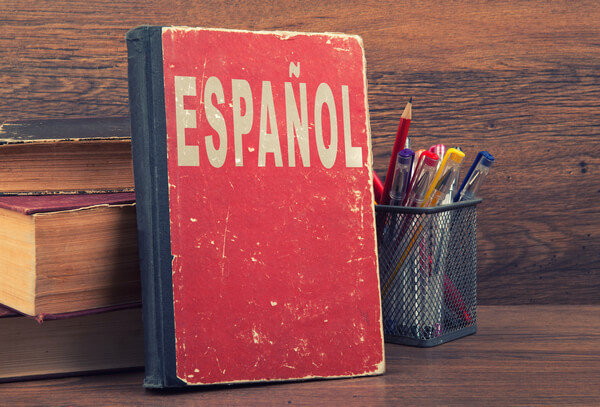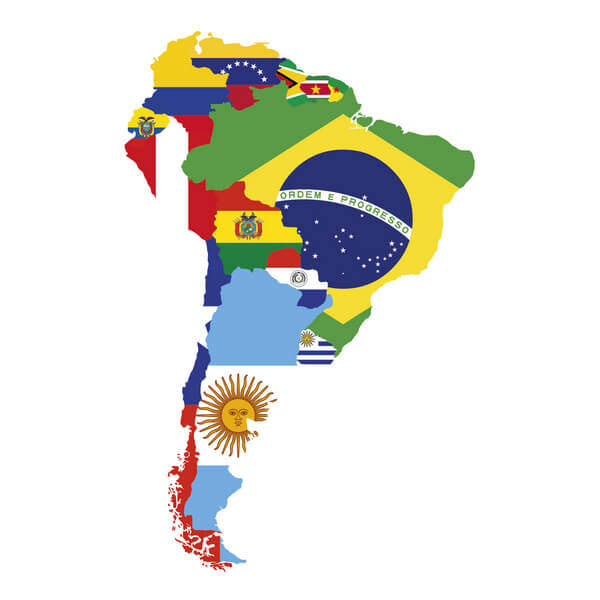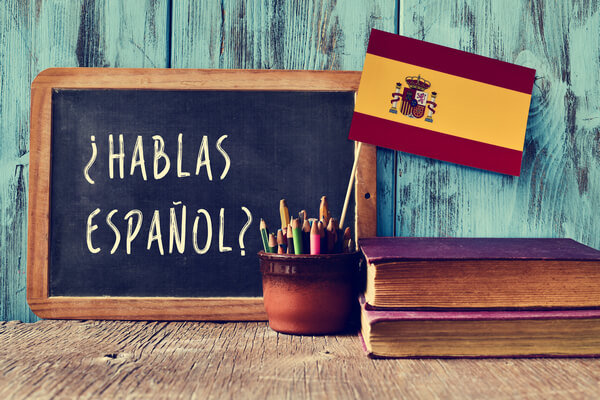Spanish Translation and Interpreting
We provide high-quality translations of official, business and technical documents from Spanish into English and other languages, quickly and at a reasonable price. Documents most frequently translated into Spanish include official and business documents and technical documentation.
LEXIKA provides Spanish translation services mainly from English, but also from German and other world and European languages. Our translations from Spanish into other languages are equally reliable.
Apart from English and German, we also translate into French from the following European languages:
| Bosnian | Hungarian | Russian |
| Bulgarian | Latvian | Serbian |
| Croatian | Lithuanian | Slovak |
| Czech | Polish | Slovenian |
| Estonian | Romanian | Ukrainian |

4 reasons to order translations with us
- We respect agreed delivery deadlines.
- High quality translation is our main focus.
- We work with professional translators.
- Texts are always translated by an expert in the given field.
LEXIKA translates mainly technical documentation, business and legal documents, as well as personal and official documents from and into Spanish.
Broad experience in the fields of economic, financial and legal Spanish translations will ensure your satisfaction. We translate business and employment contracts, public tender documentation, intercompany directives and other documents.
Instructions for use, machinery maintenance and installation handbooks are among the most sought after technical texts that we translate from Spanish into other languages.
Thanks to our credibility, professionalism and the quality of our services, we have become a preferred provider of translation and interpreting services for many customers, as demonstrated by our references.
How do we do it?
Specialist translators
In LEXIKA, only experts in the given field work on the translation of technical texts. Our translators work in more than 120 different specialisations and we carefully select the most suitable linguist with regards to the linguistic and terminological characteristics of the text to be translated.
Quality of translations and services
Since 2009, our quality management system has been annually audited by the renowned audit company TÜV SÜD which verifies whether we fulfil the strict requirements of ISO 9001. Implementation of ISO 9001 guarantees systematic processing of all requirements and compliance with internal processes.
Depending on the specific customer’s requirements, we recommend translating texts in compliance with the standard ISO 17100 and thus fulfil strict quality requirements for translators, reviewers and the complete translation process.
Translators and modern technologies
Although our texts are always processed by translators and not machines, we also use modern translation tools which make the process of translation more effective and ensure a higher standard of quality thanks to consistent terminology and the possibility of reducing translation costs.
Quality assurance
In the process of quality assurance, we make sure that each translation is checked by the expert eye of our quality controller, with significant help from the latest software tools. It also helps us verify the correct use of terminology provided by the customer, check whether translation, revision and proofreading were correctly carried out and check the graphic layout as well.
Interested in using our services?
Leave us a message with your requirements and we’ll get back to you.
Spanish – a true world language
Some people consider Spanish dear to their heart, for others it’s just another Romanic language. Nonetheless, its great influence on culture or economy is undeniable. This is also supported by the fact that Spanish is the second most commonly spoken language after Mandarin Chinese.
Adding those who speak Spanish as their second language, you have an approximate number of 567 million speakers. There are even more Spanish speakers living in the USA than in Spain itself. Its popularity has been on the rise and the well-known phrase “Spanish is useful and worth learning” is still valid. But what do we really know about it?

Reconquest of the language
Like other Romanic languages, Spanish developed from Vulgar Latin. Many languages had been spoken in the territory of the present-day Spain and the situation became even more complicated after the Arabic invasion of the Iberian peninsula in the 8th century. That is how reconquista, i.e. reconquest of the territory, began and the Arabs were gradually driven out.
Arabic influence brought a lot of words of Arabic origin into modern Spanish, e.g. aceitunas – olives or naranja – orange, but thanks to reconquista the dominant Castilian dialect spread over the whole peninsula. It laid the basis for modern Spanish and the word castellano, i.e. Castilian is therefore used as a synonym of European Spanish.

Exerting international influence
Spanish was later spread throughout the world thanks to prosperous trade and a strong navy, which enabled colonization of America at the beginning of the 16th century. This, of course, influenced the formation of more than a hundred Spanish dialects. Spanish dominates even in the present-day modern world of technologies – it is the third most frequently used language on the internet.

Pronunciation and unusual punctuation
However, Spanish grammar has its peculiarities. One of them is the use of punctuation marks. They are used not only at the end but also at the beginning of exclamatory sentences and questions – ¡Hola! ¿Cómo te llamas? (Hi! How are you?).
The Spanish alphabet comprises 26 letters plus the consonant ñ which is pronounced as the consonant n in English words new or canyon. Speaking of pronunciation, we must also mention the letters b and v. In standard Spanish, they are pronounced in the same way, almost like a “soft” b when lips are lightly touching. You are trying already, aren’t you?
